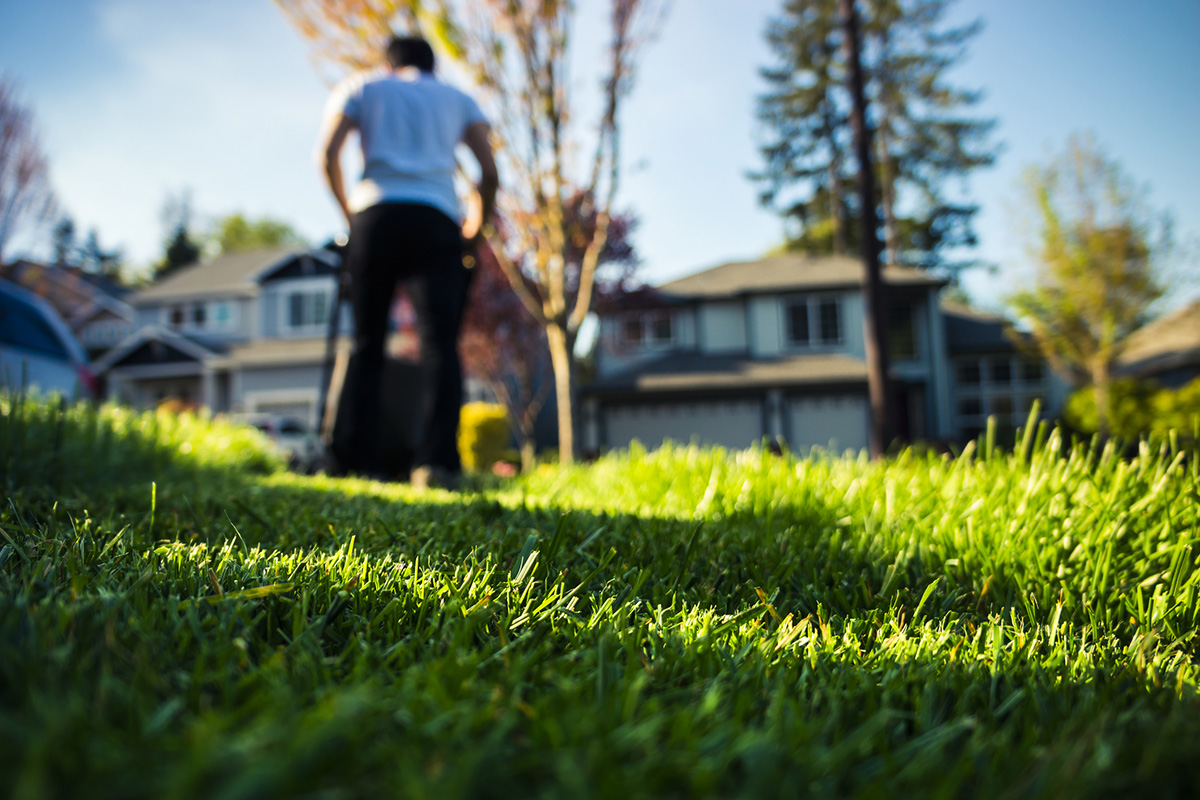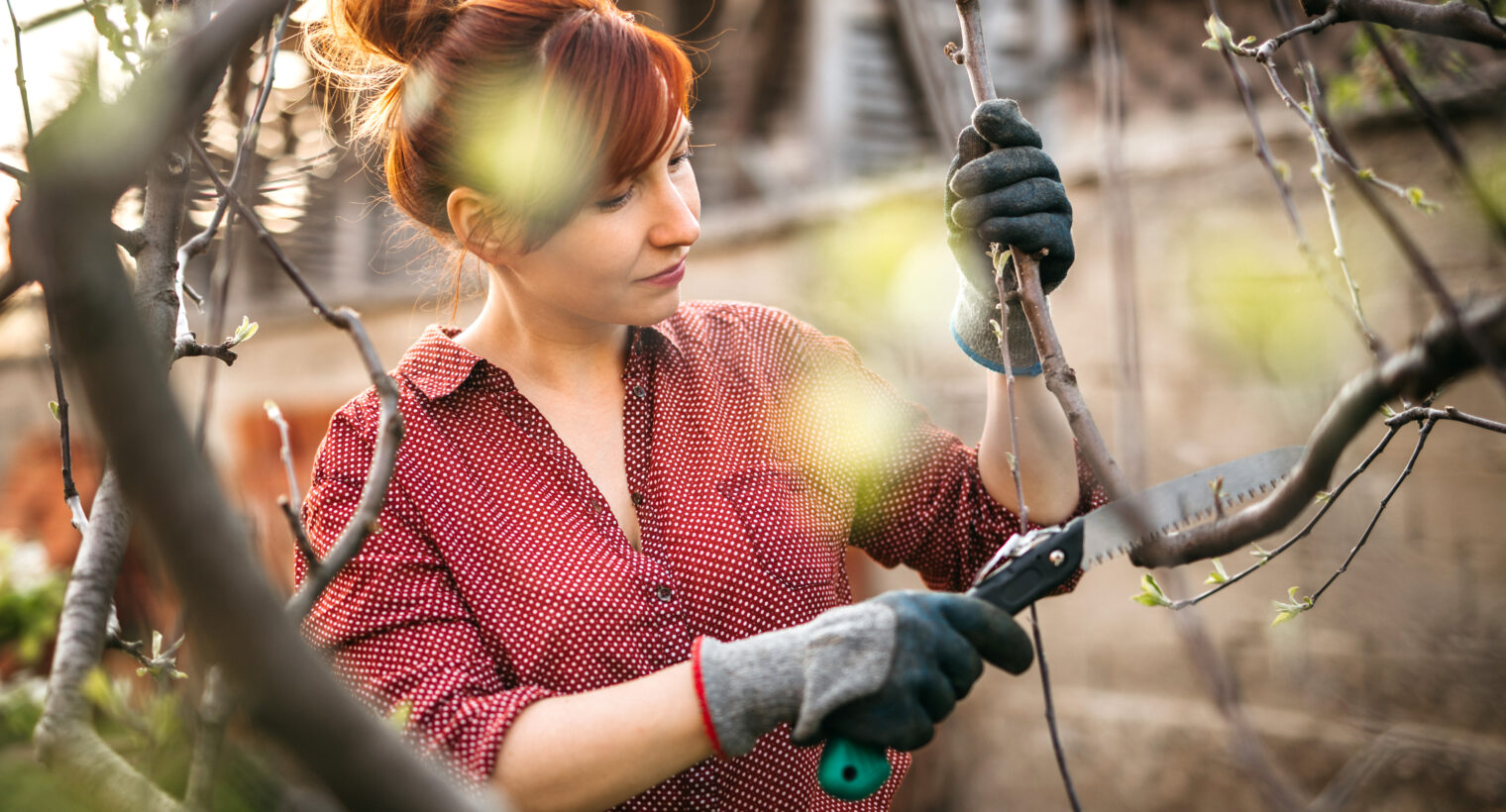By Sally Cunningham
_________________________________
With the exceptions below, this is the time of year to properly prune most shrubs and trees — if they need pruning. The reason: Before the woody plant’s energy goes into growing leaves and fruit, the plant will use its resources to grow branches and shoots (twigs). The cuts you make now will tell the plant where to grow those branches and shoots. The plant is getting (we hope) ample rainfall and has nutrients saved up in its roots and in surrounding soil, so it is ready to respond vigorously. Pruning is guiding the plant, done well.
Pruning tips:
The questions suggests that there is a “planting day or week,” and there is not.
- Do not prune spring-flowering plants such as Forsythias, Lilacs, Mock Orange, and many Viburnums and Spirea. The buds were formed last summer and autumn, so your cuts would remove those flowers. (If you have to prune because of damage, of course do so—but don’t cut off the beauty you were hoping for.) Prune these spring beauties after they bloom.
- Do not flat-top flowering shrubs (unless you are forming a hedge or designing a topiary). Learn the correct way to make a shrub shorter if you must (by taking out the branches that are too tall, from down inside the shrub.) If you are pruning to shorten a plant, it probably is not in the right place—so move it if it’s not too late.
- Do prune lightly, and only as necessary. Extreme pruning stresses and exhausts many plants. A rule of thumb is: Don’t remove more than ¼ of the growing branches. Make cuts when you have a reason to do so: to remove a branch that is diseased or broken, to let light into lower branches, to remove an overly tall branch or one that interferes with a structure or path, or to give the plant a more pleasing shape. Many shrubs grow beautifully without pruning except for rare instances. If you have planted the shrub in the right place for its mature size and needs, you may never have to prune.
- Make clean cuts, leaving no stumps or raggedy strips. A good cut is outside the branch collar or branch bark ride (the thick part where the branch grows out from the trunk or a limb). Books or online sources will show you what it looks like. Never cut branches in the middle, between nodes or other limbs because stubs have no ability to heal and rot will follow.
- If you are trying to correct winter damage, give the plant time to heal. That is, don’t try to make a disfigured shrub symmetrical. The plant needs as much of its leaves (including needles) as possible, in order to grow again. If you can’t tolerate the lop-sided or contorted form, then replace the shrub. Healing a damaged plant can take more than a couple of years.
- Prune roses when forsythias bloom. It’s an old adage, but it means after Easter, typically. Cutting roses back too early is damaging because in case of a late freeze or frost, the stems freeze or die back from the place you cut. Get expert advice from rosarians or horticulture experts (or rose books), since all roses aren’t alike.
- Safety first: Do not climb ladders with chain saws in your hands. Do not cut anything that is over your head. Close or put covers on pruning saws, loppers, or pruners when you are not cutting with them. Hire a landscape professional or arborist for work that you know you shouldn’t be doing!
Many fine books and online articles teach correct pruning—just be sure they are addressing plants of the Northeast U.S. There is much to learn about good pruning, but it is one of the tasks you can do well—at least for small-to-medium sized plants—once you know how. (Hint: Practice on shrubs in the field; they tend to be forgiving.)
_________________________________
Sally Cunningham is a horticulture expert, with former Master Gardener and Cornell Cooperative Extension positions. Currently she is an author, speaker, and garden tour director with AAA of Western and Central New York.
_________________________________


